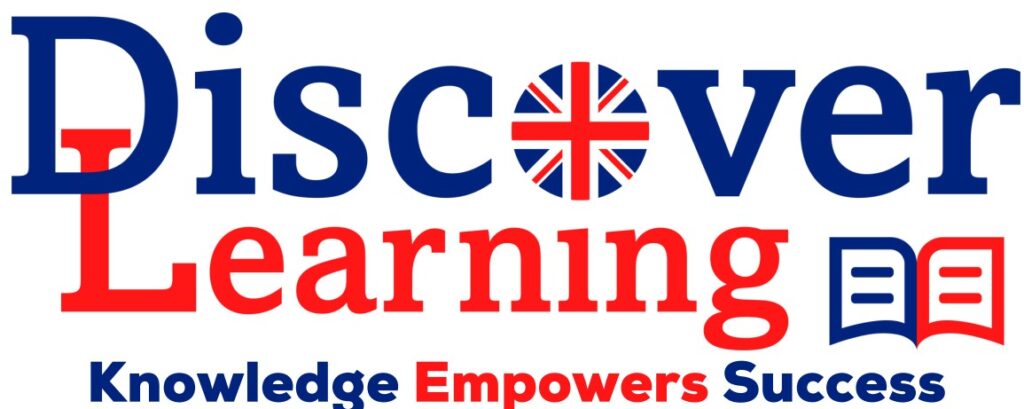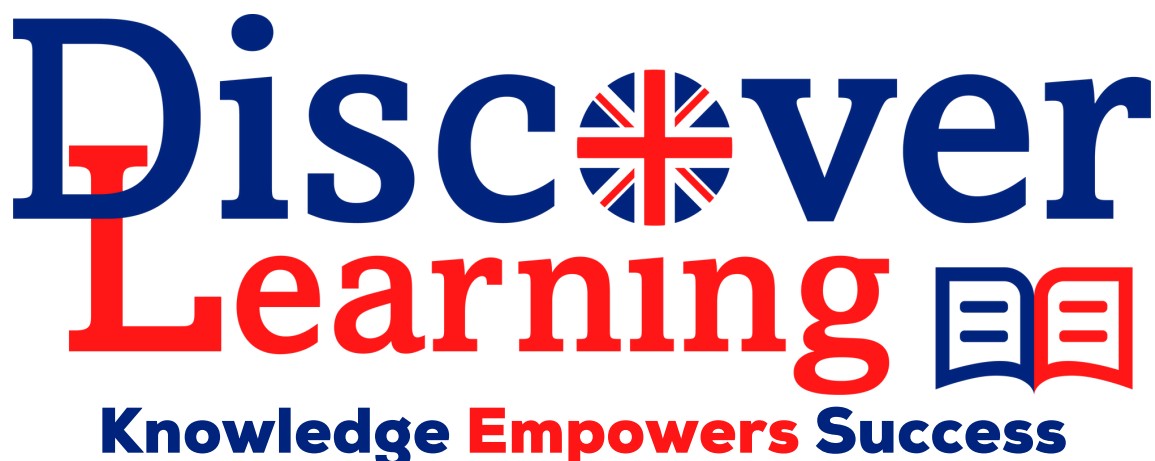AI is really becoming part of our everyday lives, and programs like ChatGPT are getting a major workout from students—especially when it’s time for physics homework. Sure, these tools can speed things up and shed light on tough concepts, but they can also sidetrack real learning, raise integrity red flags, and leave teachers scrambling for a new way to teach.
In the sections ahead, we’ll break down the good, the not-so-good, and the ugly of letting AI help with physics and share simple, effective rules for parents and teachers to keep learning on the right track. Is it time to roll out the red carpet for AI, or is it hiding a big academic speed bump? Let’s find out.
What AI Is Doing (and Not Doing) in Physics
ChatGPT and similar programs can crunch numbers, sketch out formulas, and even summarize the laws of motion when a student just doesn’t get it. That’s a good manager of homework time, but it also means a kid could turn in a right answer without any clue why it’s right. The physics world is buzzing—half the folks are cheering at the power, and half are worrying whether kids are learning just the answer instead of real physics.
How AI Can Help You Learn Physics
Physics can feel super hard because it’s packed with tricky ideas and a lot of math. Luckily, AI can make things easier in a few cool ways:
1. Breaking Down Ideas: AI helps make tough physics ideas easier to understand. If Newton’s Laws or basic thermodynamics leave you scratching your head, a chatbot can explain them in everyday language, not textbook talk.
2. Instant ‘You Got This’: Ever wish you could get your homework corrected right away? AI apps can solve the same problem you just did, so you can see your exact solution in seconds and figure out where you messed up.
3. Never-Ending Practice: Running out of homework problems? Not a chance. AI can spit out tons of extra questions on anything you need, so you can drill the same physics types until you feel like a pro.
Sure, these tools are awesome, but you’ve got to use them the right way. If you let AI do all the thinking, you’ll miss the important stuff, and your brain just won’t grow the same way.
What to Worry About
Even with all the nice stuff, there are red flags that worry parents, teachers, and even schools about how AI helps with physics homework. The biggest worries are cheating, the way grades could lose their meaning, and–most important–kids not practicing the problem-solving skills they really need to get through life later on, math or not.
The Cheating Warning
Teachers and parents are legitimately worried that kids will depend on AI to get through homework and tests. Stuff like ChatGPT can spit out the right answers for tons of questions, so there’s a danger that kids will skip the real learning part and just ask the robot what to say.
Physics Tests: AI can whip through trick physics problems faster than you can. That makes it way too easy to lean on the program instead of wrestling with the formulas on your own.
Essays and Theories: AI can also crank out full essays or answer big-picture questions that usually ask you to know the subject inside and out.
The Grade Gap
When kids keep using AI, the grades they get might not show what they actually know or can do. Lean too hard on the tech and you ace a test while missing out on the skills you’ll need later for tougher classes or the real world.
Fake Mastery: A paper that looks polished might trick everyone into thinking you’ve nailed a topic, even though you never bothered to study it.
Losing the Art of Solving Problems: Physics is full of long calculations and tricky logic, and while an AI can serve up the answer, it rarely pushes students to really see how to get there, step by step.
AI Gets Wobbly on Harder Physics Problems
When we move to the A Level or uni-level stuff, tools like ChatGPT soon run into trouble. They can ace the easy stuff, but the harder, multi-step questions send them sideways.
Messy Maths: AI can drop the ball on complex calculations that demand the use of several physics laws at once and some careful work on units.
No Brainstorming Allowed: Top-level physics can need sideways thinking, like when you twist the same formula to figure out a totally new unknown. AI doesn’t actually think outside the box the way a student could.
AI’s Strongside in the Classroom
Even with the worries, we shouldn’t overlook the good spots for AI. Used correctly, it can back up learners by clearing up tricky topics, helping out with last-minute reviews, or chipping in when a concept just doesn’t click.
1. Clarifying Physics Concepts
AI makes tough physics ideas easier by explaining them in bite-sized chunks. Think of ChatGPT as a study buddy that can help with:
Force and Motion: It walks you through force-related problems a piece at a time, so you see how moves and pushes connect.
Energy Conservation: It can toss out simple examples—like a swinging pendulum—so you can see energy moving around instead of just memorizing a definition.
When you let AI untangle tricky stuff, physics suddenly clicks, which makes other subjects easier too.
2. Practice Problems and Revision
AI serves up practice problems like a never-ending vending machine of quiz questions, which is perfect when you’re getting ready for a physics test. Here’s how it keeps you on track:
Problem Variety: You get questions that start easy and get tougher, so you level up problem-solving the same way you’d grind a video-game skill.
Immediate Solutions: After you bubble in an answer, the AI tells you right away if you nailed it and, if not, walks you through the right steps.
AI is a fast way to review, but remember: you still need to try problems solo so those physics ideas stick for the long haul.
3. Backing Up Easy Homework Problems
For stuff that doesn’t need any heavy-duty brainwork, like basic algebra or figuring out how much force pushes on a toy car, tools like ChatGPT can step in and lend a hand. They let students double-check an answer or get a quick, step-by-step walkthrough of how to solve a problem without taking over the lesson.
Why Dependence on AI Can Hurt Learning
Even though AI usually pitches in to help, teachers and students should beware of becoming so used to it that it replaces actual thinking. Relying on a digital assistant to finish every physics assignment can set dangerous long-term habits.
1. Dulling Analytical and Problem-Solving Tricks
Physics gets interesting when you have to think on your feet and figure stuff out for yourself. A student who leans on ChatGPT to do the work will never develop the tricks they need to use physics outside of school, like when deciding how to balance scales at a school science fair.
Less Intellectual Sweat: Skimming an AI solution lets students skip the brain gymnastics that lifts heavy topics like force, mass, and acceleration into long-term memory.
Puzzle Pieces Missed: Good physics problem-solving usually requires linking one fact to another. When a computer fills in the blanks, that connection never gets built in a student’s brain.
2. You Stop Learning When You Let AI Do It for You
School is supposed to help you think for yourself. When you let a chatbot do your physics problems or write your reports, you skip the messy, messy part where your brain figures stuff out. That part is actually training for the bigger problems you’ll face later in life.
What Should Schools Do Next?
Since AI has some pretty cool perks and some pretty big dangers, schools can’t treat it like it’s all good or all bad. Here’s some stuff they can try to keep the classroom smart and safe.
1. Let AI In – Just Keep an Eye on It
Instead of locking away all the cool AI apps, teachers can teach students how to use them wisely. Think of AI like a calculator. It’s great for heavy lifting, but you still gotta know the rules of math. Schools can show how AI can speed up vocab checks or show a physics formula, while reminding everyone that the robot does not have emotions, questions, or personal insights – those still have to come from you.
2. Test the Brain, Not the Bot
Old-school tests like “pick the right letter” or “here’s a number, find a formula” are basically training AI to cheat for you. Schools can change the quizzes to be more about understanding than about echoing facts. Give kids an unexpected mini experiment, a creative physics design project, or a group quiz that sparks a real debate. That way, the questions are about thinking their way through, bye-bye AI.
Project-Based Assessments: When kids work on projects that ask them to dig deeper with independent research and think creatively to solve real problems, they really start to own the topic and connect with it on a personal level.
Oral Examinations: Sitting down and talking about a topic lets kids show that they really “get it.” Teachers can see if a student can explain ideas in their own words and think on their feet.
3. Teach Kids to Use AI Wisely
Our classrooms need to guide students in using AI tools responsibly.
What Can Parents Do?
Parents play a crucial role in guiding their children’s use of AI in homework. Here are some practical steps parents can take:
1. Encourage Independent Learning
Parents should emphasize the importance of understanding physics concepts and completing problems independently. AI should be used to clarify doubts, but not as a shortcut to completing assignments.
2. Discuss the Limitations of AI
Parents should have open conversations with their children about the limitations of AI. While AI can provide correct answers, it may not always provide the depth of understanding necessary for more complex problems.
3. Review Homework Together
If a student uses AI for homework, parents should take the time to review the answers together and ensure that the student understands the reasoning behind each solution. This reinforces learning and ensures that AI is not replacing critical thinking.
Discover Learning Tutors: Helping Students Use AI Wisely
At Discover Learning Tutors, we recognize the potential benefits of AI in physics education. Our tutors encourage students to use AI responsibly, as a helpful tool for understanding concepts and solving problems, while also fostering independent learning and critical thinking.
We provide expert guidance to help students navigate the growing presence of AI in education, ensuring that they develop the skills necessary for academic success. Book a session with our tutors today to see how we can help your child maximize their potential without relying on shortcuts.
Conclusion
AI tools like ChatGPT can be a valuable resource in physics education, helping students understand complex concepts and solve problems more efficiently. However, their use must be carefully managed to prevent over-reliance, cheating, and the erosion of critical thinking skills. By encouraging responsible use, redesigning assessments, and fostering independent learning, schools and parents can ensure that AI enhances the learning experience without compromising academic integrity.For more support in helping your child navigate AI in education, visit Discover Learning Tutors and see how our expert tutors can guide your child to success.

